Research
Molecular fitness landscapes
In the space of all possible sequences, fitness, or biochemical activity, defines a landscape. Evolution is the process of exploring this landscape and ‘climbing’ peaks by natural selection. Understanding fitness landscapes would be a first step toward transforming evolution into a predictable process. We map these landscapes for RNA molecules by evolving large populations of sequences in the lab. These experiments simulate evolution during the origin of life. Massive sequencing gives us a first look into the structure of molecular fitness landscapes.
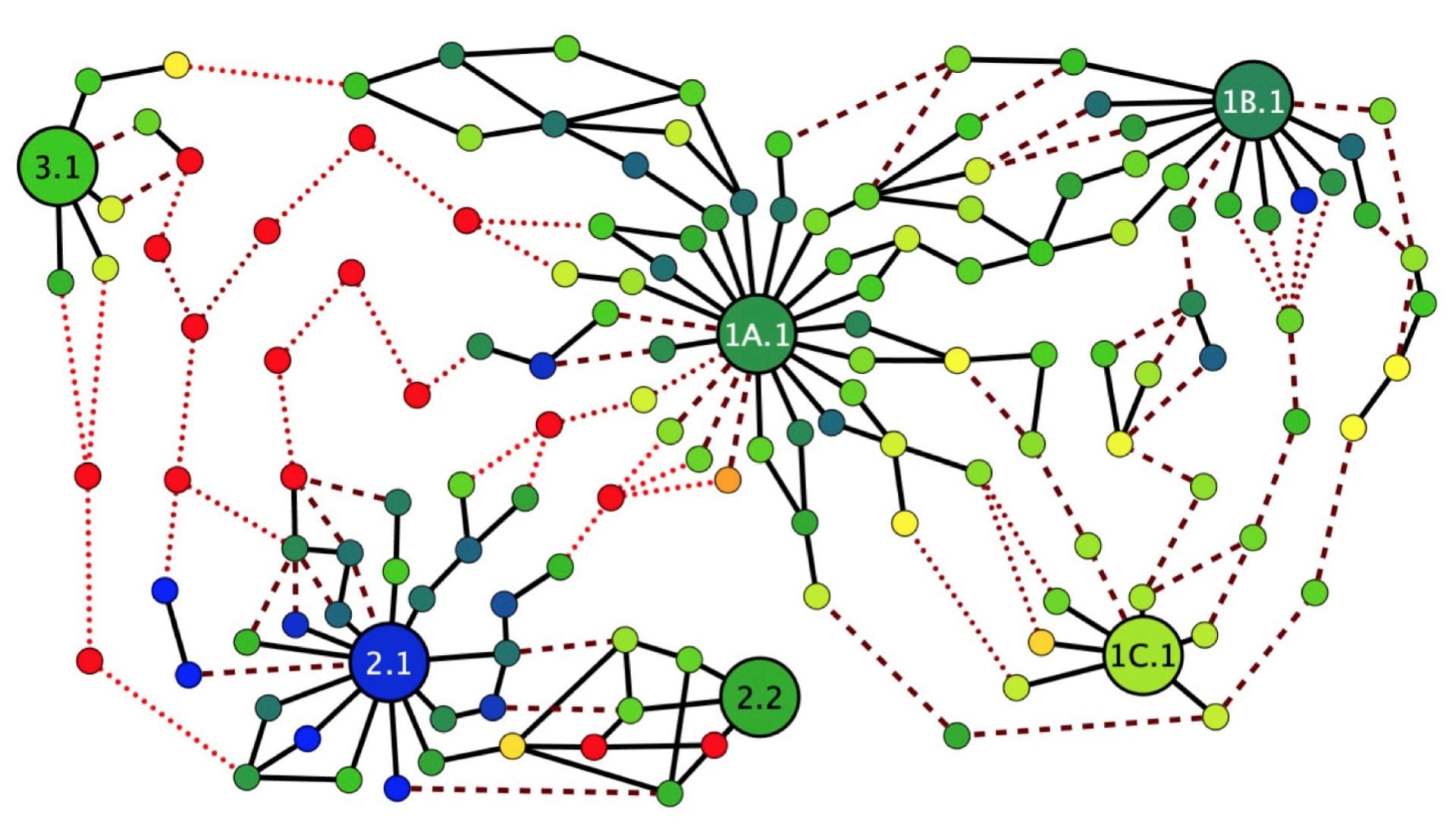
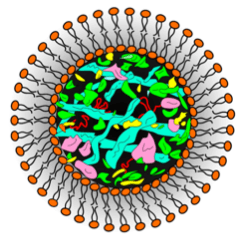
Complexity in synthetic protocells
Due to its ability to both carry information and fold into catalytic structures, RNA could be the basis for a simple living system. Combining molecules, especially of different chemical types, can lead to surprising biophysical effects. We study effects of encapsulation and chemical modification of RNA to understand the emergence of complex behavior in simple protocells.
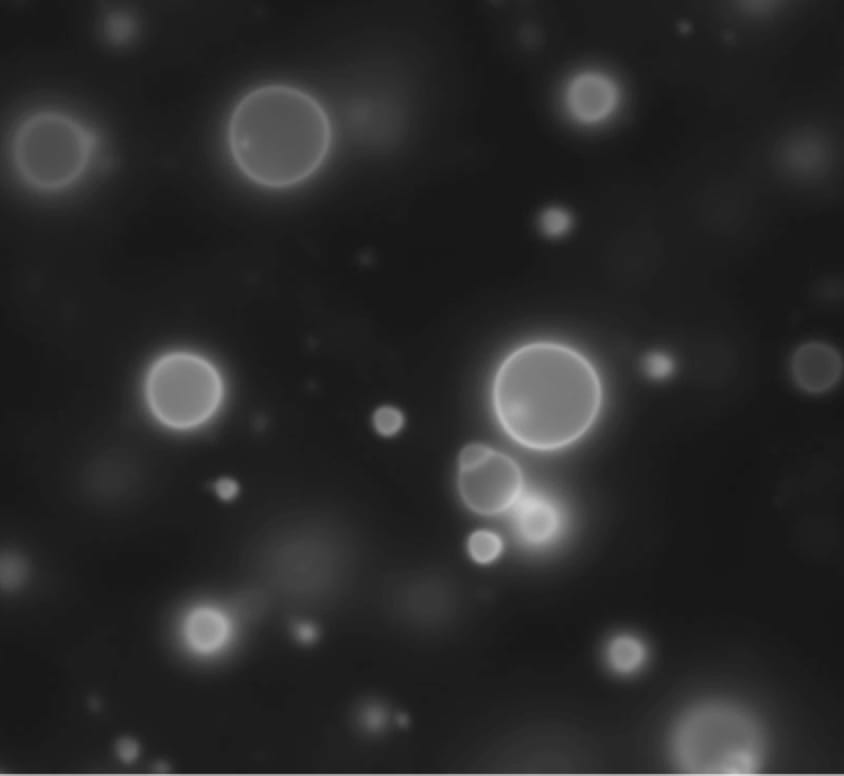
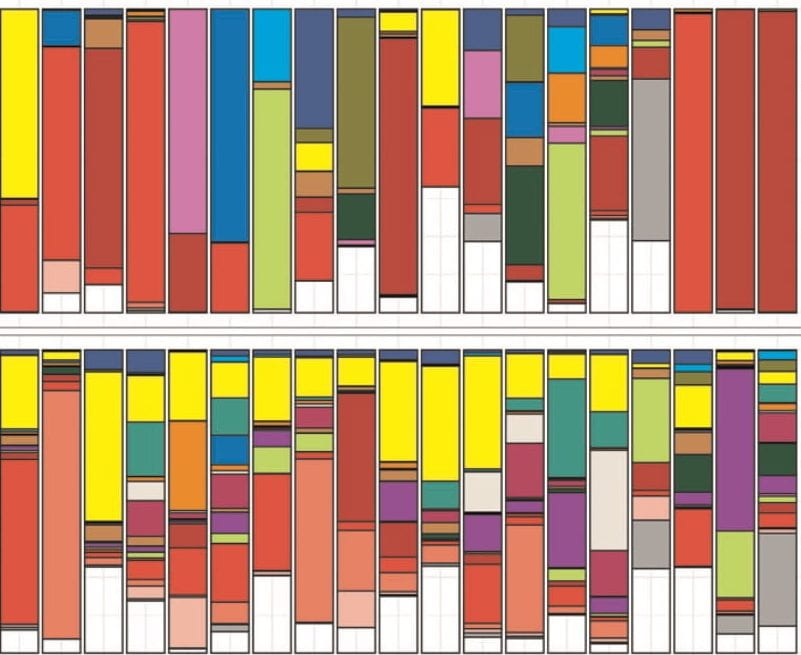
Phages in the wound microbiome
As predators of bacteria, phages can have a large effect on bacterial populations in the environment. Rich microbial communities also exist on humans, including in pathological states such as wounds. Whether and how phages might influence the bacteria of wounds in clinically significant ways are open questions. We study the role of phages and their relationship with the bacterial community in wounds as well as in model systems.
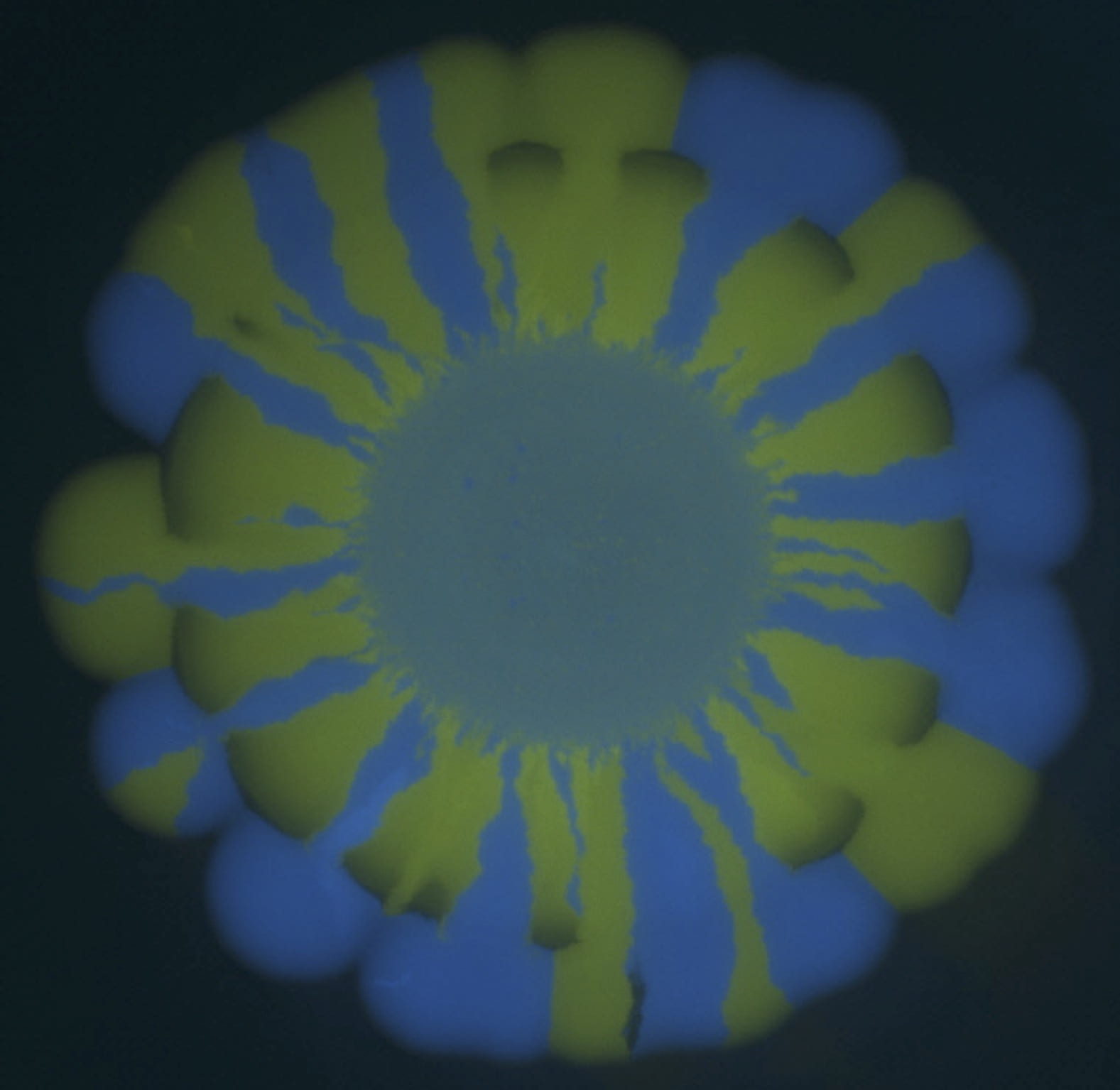
Phage-based applications
Phages specialize in ‘hunting’ bacteria and have evolved to maximize attachment to their targets. These interactions can be exploited for applications in diagnostics and therapeutics. To define and control the effects, we modify and augment the phages through genetic engineering, chemical modification, and conjugation with nanomaterials.
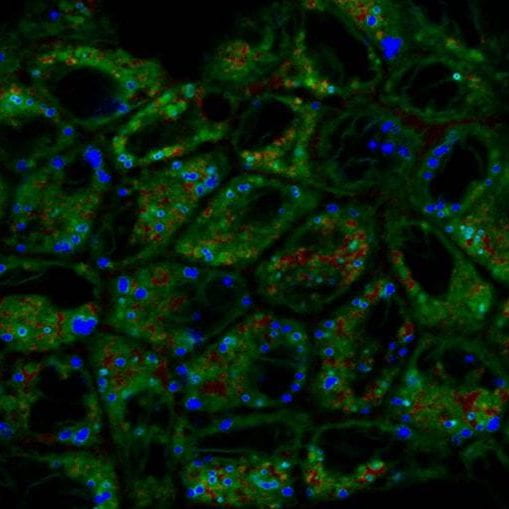

Short video for a non-technical audience:
